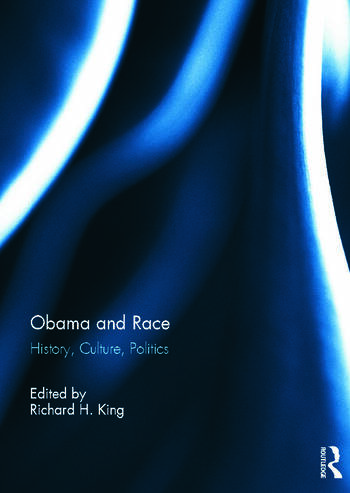Autobiography of an Ex-Black ManPosted in Articles, Autobiography, Book/Video Reviews, Identity Development/Psychology, Media Archive, Philosophy on 2019-12-24 02:48Z by Steven |
Autobiography of an Ex-Black Man
Harpers’s
December 2019
Thomas Chatterton Williams loses his race
Self-Portrait in Black and White, by Thomas Chatterton Williams. W. W. Norton. 192 pages. $25.95.
What a strange thing is “race,” and family, stranger still.
—Elizabeth Alexander, “Race”
“I’m the happiest I’ve ever been!” declares Wanda Sykes in her 2016 Epix special, What Happened . . . Ms. Sykes? As one of her fans, I was glad to hear it. As a member of a racially and culturally mixed family, I was particularly charmed to learn the circumstances of Sykes’s joy. For ten years, Wanda Sykes has been a mother. Her wife, Alex Niedbalski, gave birth to twins Olivia and Lucas in 2009. “My kids are white white, you know? I mean blond hair, blue eyes. I’m talking Frozen,” says Sykes.
“Never in a million years would I have imagined myself in this situation.
“Here’s the thing. I’m a black woman from Virginia,” she continues. “I went to an H.B.C.U., historically black college—I went to Hampton University. I pledged the first black sorority, Alpha Kappa Alpha Sorority, Incorporated. So I got a lot of black going on.” The audience roars. “And now I’m married to a white French woman, and I have two white kids. Fucked up my legacy.” She throws her arm up to the ceiling.
“Now, don’t get me wrong,” she says. “I love my family. I love my family dearly, you know, and I wish we could live in a color-blind society. Yeah. But I gotta admit, I see shit.”…
…Self-Portrait is Williams’s attempt to liberate his mind from the shackles of conventional racial designations once he realizes that his children will never be seen by anyone—not even, most likely, by themselves—as black. Williams, the son of a white mother and a black father, whom he calls “Pappy” and who serves as an intellectual and ethical anchor in Self-Portrait and a previous memoir, marries a white French woman, and their firstborn child, a daughter named Marlow, emerges in the delivery room with blond hair and blue eyes. Because Marlow will not share his racial identity, Williams decides that that identity no longer suits him. Instead of black, by the end of the book, he calls himself “ex-black”—which may be a bit like threatening to run away from home but never making it past the front porch.
Still, Self-Portrait is a fluent, captivating, if often disquieting story. Thomas Chatterton Williams and Wanda Sykes have many of the same questions about the way race will affect how they relate to their children, and how their children will see themselves. “In all of these white rooms that she is being brought up in, what will she learn to think of herself?” Williams writes about Marlow. But there is not much to laugh about in Self-Portrait, which begins with a lot of hand-wringing over Marlow’s fate. “Will she develop my ancestral GPS,” Williams writes, “or will that signal fade—would it even be right for me to transmit my habits of orientation, some of which are riddled with guilt and steeped in illusion, to her untroubled head?”…
Read the entire review here.

